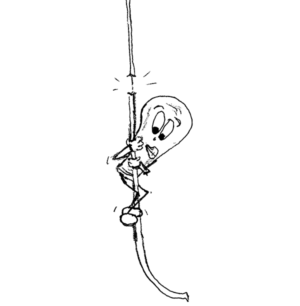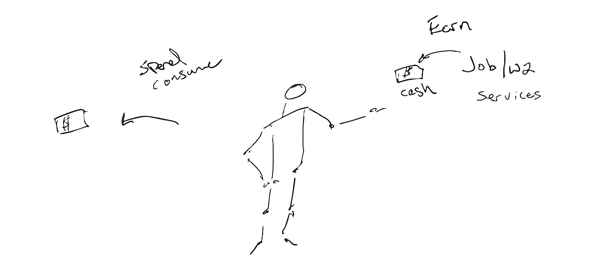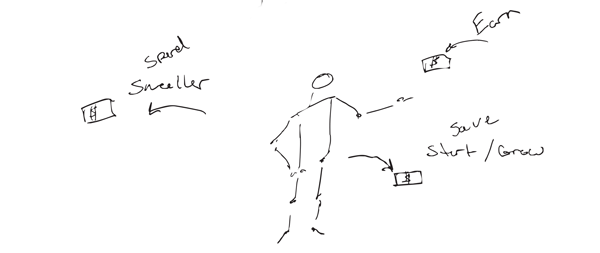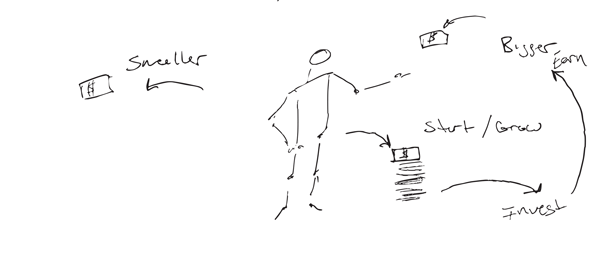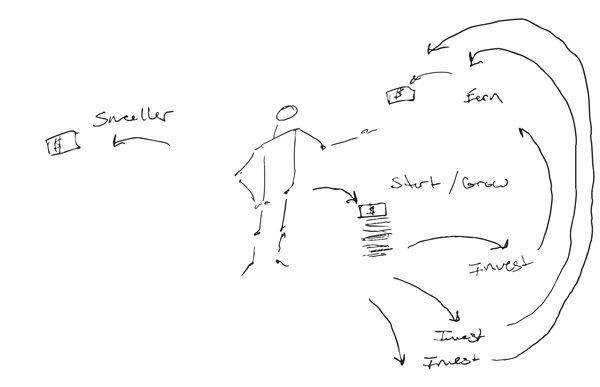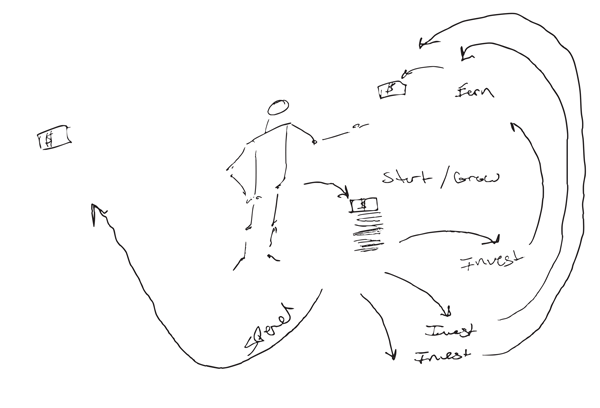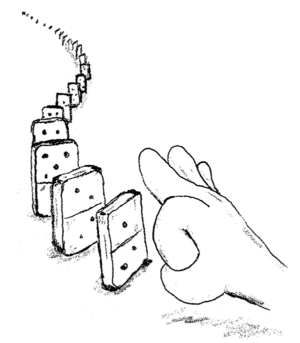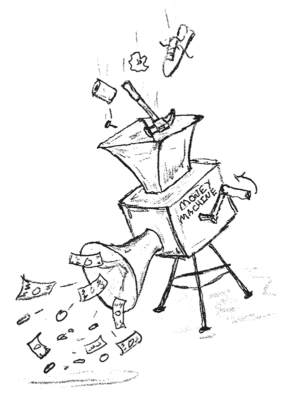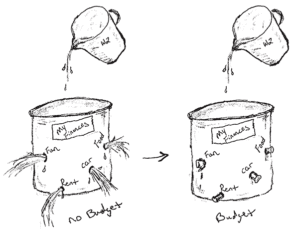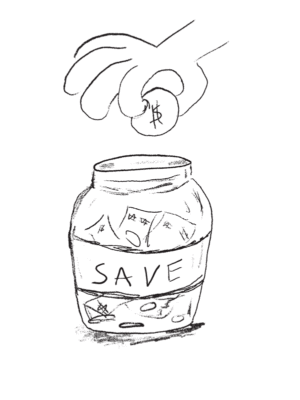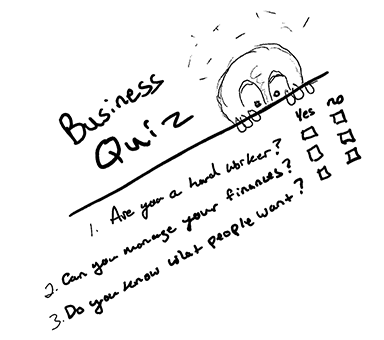In the world of 9-to-5 jobs, it’s easy to feel trapped in a cycle of monotony, yearning for a change but not knowing where to start. If you’re a working professional feeling stuck in your job and dreaming of financial freedom, you’re not alone. The journey from employee to entrepreneur is fraught with challenges, yet it’s undeniably rewarding. This article is your beacon, guiding you through the murky waters of entrepreneurship and business creation, inspired by the ethos of the ShyEntrepreneur.
Step 1: Embrace the Entrepreneurial Mindset
The first step towards financial freedom is a mental shift. You must transition from an employee’s mindset, focused on tasks and waiting for directions, to an entrepreneur’s mindset, and realizing that you are your first business. This shift doesn’t happen overnight. It begins with cultivating self-discipline, resilience, and a constant thirst for knowledge. Embrace failure as part of the learning process. Every setback is a step towards success.
Step 2: Identify Your Niche
One common pitfall for aspiring entrepreneurs is the allure of jumping into highly competitive markets without a clear differentiation strategy. To stand out, you must find a niche that aligns with your passions and expertise. This approach ensures you’re not just another player in an over saturated market but a pioneer in a specific domain. Conduct market research, identify gaps, and evaluate how your unique skills can fulfill unmet needs.
This step is very important and not always as easy to figure out as you may think. Jim Collins refers to it as the Hedge Hog concept. What is it that you can be the best in the world at that your deeply passionate about and can also make you money.
Step 3: Plan Your Escape Strategically
Transitioning from a full-time job to entrepreneurship requires meticulous planning. Start by setting clear, achievable goals. How much do you need to save before you can quit your job? What milestones must your business achieve before it can support you financially? The goal is not to jump ship at the first sign of trouble but to navigate your way to entrepreneurship with a compass of wisdom and preparation. Just because you plan your exit doesn’t mean you will make one. Additionally, a lot can be gained by continuing with your current employer.
If your entrepreneurial itch is in the same industry as your current employer wouldn’t it be a good idea to work together? If not together perhaps you may work with the same customers. The possibilities are endless and so long as you don’t have a conflict of interest you may very well be able to offer synergistic solutions. So, when we say plan your exit that is all we mean, plan. Don’t see that as the end goal but simply a tool that you can lean on.
Step 4: Build Your Brand
In today’s digital age, your brand is your most valuable asset. Start building your brand even before you leave your job. Create a compelling online presence through a professional website, social media profiles, and engaging content that reflects your business values and mission. Networking is key. Connect with industry influencers, attend relevant workshops and seminars, and consider finding a mentor who can guide you through the initial stages of your business.
Visit your current customers and suppliers. If you are in the industry you want to be in why would you not reach out to those around that are playing ball in the same field? These relationships will not only help you build “your brand” but so long as they are sincere they will likely also help your current employer. Win win.
Step 5: Lean Start-Up Approach
The lean start-up methodology is a game-changer for new entrepreneurs. Instead of launching with a complete product or service, start with a minimum viable product (MVP). The MVP is the most basic version of your offering that allows you to collect the maximum amount of validated learning about customers with the least effort. Use the feedback to refine your product or service, ensuring you’re investing resources into something your customers genuinely want.
One of the biggest roadblocks people have is making their fist sale. Once you make your fist sale watch out because more are on the way. That first sale indicates that you have found a way to add value. If this is true you will be surprised at how many other customers are going to need what you provide.
Step 6: Master the Art of Financial Management
Financial literacy is non-negotiable. You must understand the basics of accounting, budgeting, and financial planning. Keep your business and personal finances separate. Having a hard line between your business and your personal life is key to success. There will costs for you to provide your service and it isn’t always clear at the time what all of those are. This is especially true while you start up. Cash flow management is not a tough skill but it is essential to reach profitability.
Step 7: Prioritize Work-Life Balance
The journey of an entrepreneur is marathon, not a sprint. It’s easy to fall into the trap of working around the clock, sacrificing your health and personal life at the altar of your business. True financial freedom includes the freedom to enjoy life. Set boundaries for your work hours, prioritize tasks, and make time for self-care and family. A balanced life fuels creativity and endurance.
My wife and I ran into this a few years into each of our businesses. Both of our companies got an influx of orders at the same time and intern required us both to turn our focus away from the family for a season. That season sucked but it also taught us that at the end of the day all the money in the world isn’t worth a dime if it cost our family.
Step 8: Embrace Continuous Learning
The world of business is ever-evolving. Stay ahead of the curve by committing to continuous learning. This could mean taking online courses, reading industry publications, or attending conferences. The more you learn, the better equipped you’ll be to make informed decisions and innovate within your business.
I really enjoy audio books and listen to them every day. Whenever I am in the car an audio book is going rather than the news or the radio. If I hit upon a book I really enjoy I buy the hard copy and go through it with a high lighter. Its amazing how much different the experience is. Knowledge has a compounding affect so keep leaning and don’t fall into the trap of thinking you know there is all there is to know about anything.
Step 9: Scale Your Business
Once your business is stable and profitable, consider scaling. Scaling involves expanding your business in a sustainable way that increases revenue without a corresponding increase in costs. This could mean diversifying your product line, expanding into new markets, or optimizing your operational processes. In all likelihood your business will initially be service based so think long and hard about how you will be able to do this. Scale too fast or in the wrong direction and your business and life balance will suffer.
Conclusion
Achieving financial freedom through entrepreneurship is a journey of transformation. It requires you to step out of your comfort zone and embrace the uncertainty of the entrepreneurial path. It’s a journey fraught with challenges but also filled with opportunities for growth, learning, and fulfillment. Remember, every successful entrepreneur started somewhere. With determination, resilience, and strategic planning, you too can navigate the path from feeling stuck in a job to thriving as an entrepreneur.
The road to financial freedom is not for the faint of heart. It demands courage, creativity, and an unwavering belief in your vision. But for those who dare to embark on this journey, the rewards extend far beyond financial prosperity. They include the freedom to create, to innovate, and to make a difference in the world. So, take that first step today. Your future self will thank you.

